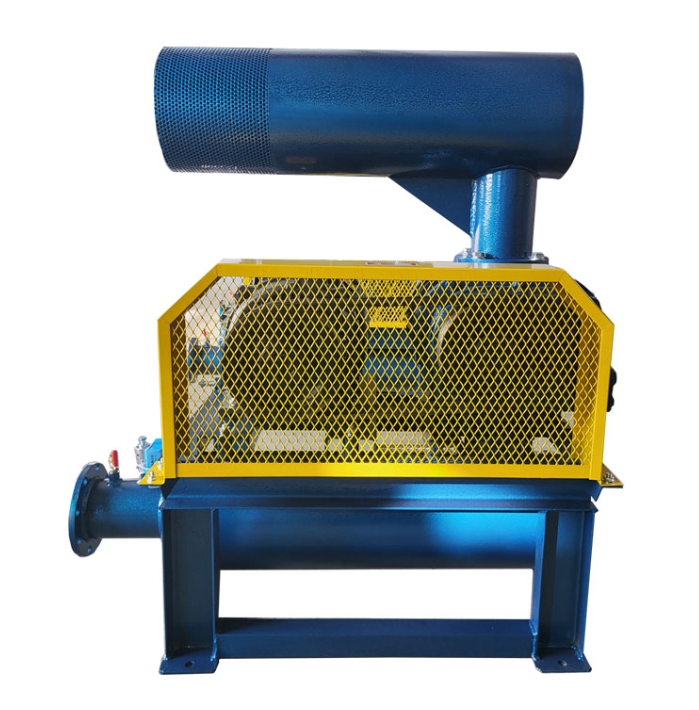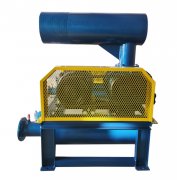Roots blower soundproof cover: from noise troubles to silent solutions
Roots blowers are widely used in industrial production, but the annoying noise problem often causes headaches for operators. Imagine being surrounded by noise above 80 decibels for 8 hours or even longer every day, which not only affects work efficiency but also damages hearing health in the long run. Worse still, noise pollution may also trigger complaints from surrounding residents, causing unnecessary trouble for businesses. At this point, a suitable soundproof cover becomes particularly important.
Why do we need a soundproof cover?
The working principle of Roots blower determines that it will inevitably generate noise. The combined effects of high-speed rotor rotation, airflow pulsation, mechanical vibration, and other factors make noise problems difficult to avoid. Especially when used in enclosed spaces or near residential areas, noise issues become more prominent. Soundproof covers not only protect the health of workers, but also avoid environmental penalties due to excessive noise.
2 Key points for selecting soundproof covers
When choosing a soundproof cover, several key factors need to be considered:
-* * Material selection * *: High quality soundproof covers usually use multi-layer composite structures, with the outer layer made of galvanized steel plate, the middle filled with sound-absorbing cotton, and the inner layer made of perforated sound-absorbing panels
-Ventilation and heat dissipation: It is necessary to ensure the normal heat dissipation of the fan to avoid overheating and affecting its service life
-* * Convenient maintenance * *: The design should be easy for daily inspection and maintenance, using a detachable or retractable structure
-* * Noise reduction effect * *: It can generally reduce 15-25 decibels, and specific test data should be checked when purchasing
3 Installation and usage tips
When installing the soundproof cover, attention should be paid to:
-Ensure there is sufficient space between the fan and the soundproof cover to avoid direct contact
-Check if all seams are well sealed to prevent sound leakage
-Regularly clean the dust inside the soundproof cover and keep the ventilation holes unobstructed
-Pay attention to the operating temperature of the fan and add auxiliary cooling devices if necessary
4 Other noise reduction auxiliary solutions
In addition to the soundproof cover, the following supporting measures can also be considered:
-Install mufflers at the inlet and outlet of the fan
-Reduce mechanical vibration by using shock pads or shock absorbers
-Optimize pipeline layout to reduce airflow noise
-Regular maintenance and upkeep to ensure that the fan is in working condition
Remember, solving noise problems is not something that can be achieved overnight, and multiple factors need to be considered comprehensively. Choosing a suitable sound insulation solution can create a comfortable working environment and extend the service life of equipment, achieving multiple benefits at once!



